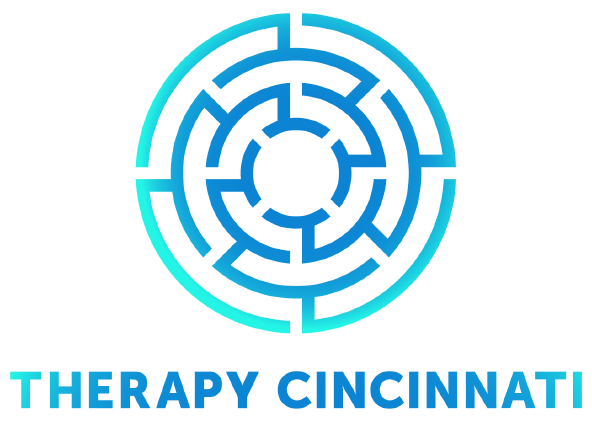As a parent, all you want is to know you have raised your children to be ready to take on the world one day independently. When they are young, it may be overwhelming not only for you, but for them as you try to truly understand why each other does certain things. As a new parent, it can be especially nerve wrecking because every child and every home life is different. You may also have little to no experience raising a child.
When it comes to parenting, you want the best for your children, and you want them to be the best they can be. Since children are not born inherently knowing right from wrong or what is socially and culturally acceptable, it becomes the parent’s job to teach them.
This is where parental guilt comes into the picture. Many of us worry that we’re not doing a good enough job as a parent, and these feelings of self-doubt are only intensified by the photos of picture-perfect families that dominate our social media feeds. In fact, some studies have shown that 73 percent of moms say they try to give the impression that their life is under control.
4 PRACTICAL THINGS YOU CAN DO TO HELP YOUR CHILDREN
1. It’s important to assess whether these behaviors are appropriate for their age and developmental status. Speak with your doctor about what types of behaviors are appropriate for your child based on their age and cognitive. However, a therapist may have better insight into how certain behaviors may be linked to things like ADHD or Autism Spectrum Disorder.
2. Going over rules with your child is a great way to make sure there is communication between both parties. The most important part of setting rules and making sure your child follows them is to also make sure they understand why those rules are set in place. It is also important to make sure those rules are age appropriate. Teaching your child about healthy boundaries and rules early on is also setting them up to have healthy boundaries later in life.
3. Recognize that children may have personalities that are quiet and shy, or very loud and boisterous. If this is the case, it is okay to accept that it is part of their personality. Your child’s behavior may be bad, but your child themselves is not bad. It is important to distinguish this especially when talking to them about their negative behaviors.
4. Make sure to praise your child when they are doing good behaviors, listening well, and following rules that you have discussed with them. Show them appropriate affection often and use words to affirm good behaviors.
4 WAYS YOU CAN COPE
1. Stop trying to be perfect: There’s no such thing as a perfect parent, and striving for this unachievable goal will inevitably lead to disappointment. Give yourself a break and simply do the best you can. If you feel chronically overwhelmed, don’t be afraid to seek counseling from a professional. But first, let the perfection aspirations go!
2. Acknowledge that you can’t do it all: According to research, nearly 40 percent of full-time working mothers say they always feel rushed. It’s ok to delegate and allow others to help. Divide parenting and household duties with your spouse. Pay a neighborhood teen to supervise your children or swap services with another parent so you can go to the grocery store and prepare dinner after work.
3. Seek to understand and support your child’s needs: Instead of jumping to the conclusion that your child’s tantrum or rebellion is a result of you failing as a parent, seek to understand the reason for his outburst. Is he overly tired? Has he gone too long without a snack? Does he need a hug? Look for the simple solution first. If the behavior continues, seek support from a licensed child therapist who can provide therapy and parenting support.
4. Make time for self-care: If you aren’t taking care of yourself, you won’t be able to be present and provide the best care for your child. Take some time after work to listen to a guided relaxation or sneak in a quick workout before you head home. Listen to your body’s signals, get enough sleep and make sure to eat some veggies every day, too!
If you’re still feeling overwhelmed or frustrated, you or your child may benefit from talking to a therapist who has a better understanding of children and their behaviors, and how you as a parent can help. At Therapy Cincinnati, we have therapists that specialize in working with parents who could use more support with parenting their children, and we also have therapists that specialize in working with children. Please reach out to us to schedule your free phone consultation.

